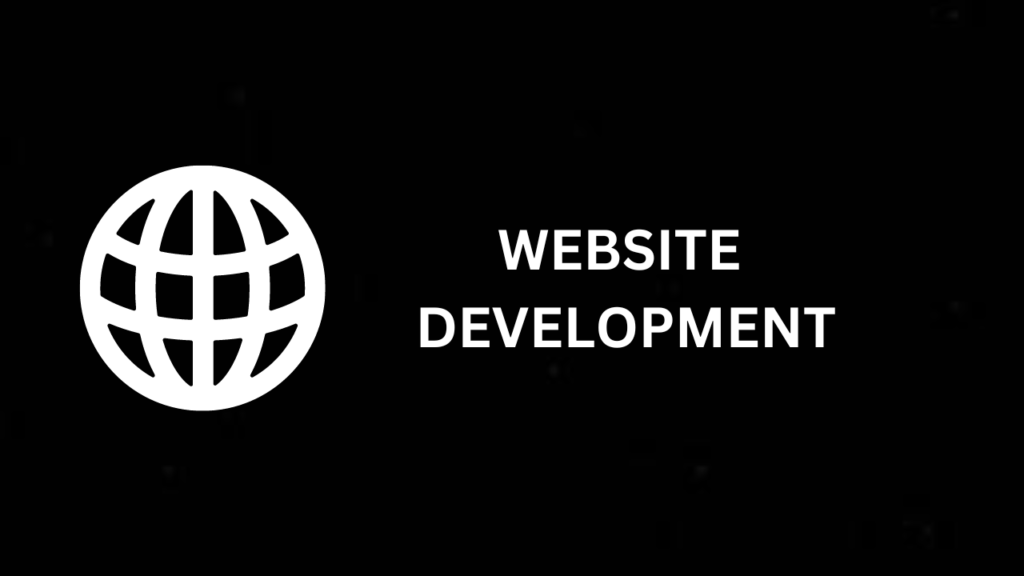Website development refers to the process of creating and building websites for the internet. It involves various technical and creative tasks to bring a website from conception to completion. Here are the key aspects of website development:
- Planning and Strategy: Before starting the development process, it’s crucial to outline the website’s purpose, target audience, goals, and features. This includes deciding on the website’s structure, layout, and content organization.
- Domain and Hosting: Choose and register a domain name (the web address) that reflects your brand or content. Additionally, select a reliable web hosting provider that will store your website’s files and make them accessible on the internet.
- Front-End Development: Front-end development involves creating the visible part of the website that users interact with. This includes working with HTML (Hypertext Markup Language) for structuring content, CSS (Cascading Style Sheets) for styling and layout, and JavaScript for adding interactivity and dynamic elements.
- Back-End Development: Back-end development involves building the behind-the-scenes functionality of the website. This includes server-side scripting, databases, and handling user interactions. Popular programming languages for back-end development include PHP, Python, Ruby, and Node.js.
- Content Management System (CMS): A CMS is a software platform that simplifies the process of managing and updating website content. Common CMS options include WordPress, Joomla, Drupal, and more specialized systems for different purposes.
- Responsive Design: Designing websites to be responsive ensures they look and function well on various devices and screen sizes, from desktops to smartphones and tablets.
- User Experience (UX) Design: UX design focuses on creating a positive and intuitive experience for users by considering their needs, behaviors, and interactions with the website. This includes factors like navigation, user flows, and accessibility.
- Testing: Rigorous testing is essential to identify and fix any issues, bugs, or errors on the website. This includes testing functionality, compatibility across different browsers and devices, and overall performance.
- Launch: Once the website is thoroughly tested and all adjustments are made, it’s time to launch it and make it accessible to the public. This involves configuring the domain, hosting settings, and deploying the website files.
- Maintenance and Updates: Website development is an ongoing process. Regular updates, security patches, and content additions or changes are necessary to keep the website current, secure, and relevant.
- SEO Integration: Incorporating search engine optimization (SEO) techniques during development can help improve the website’s visibility on search engines and attract organic traffic.
Remember that website development can vary in complexity based on the project’s scope and requirements. It’s often helpful to work with a team of developers, designers, and other professionals to ensure a successful and effective website that meets your goals.

